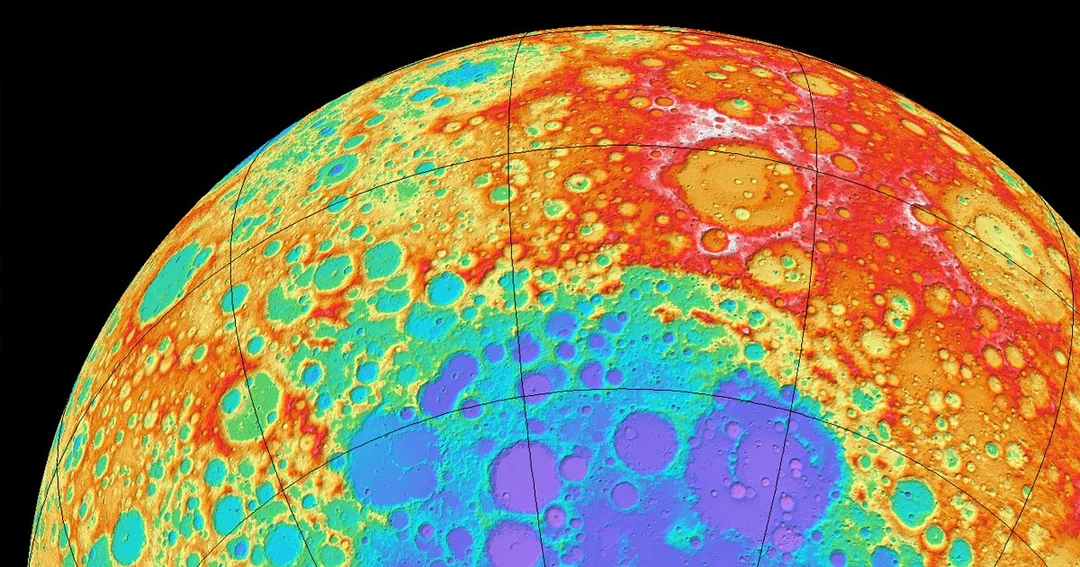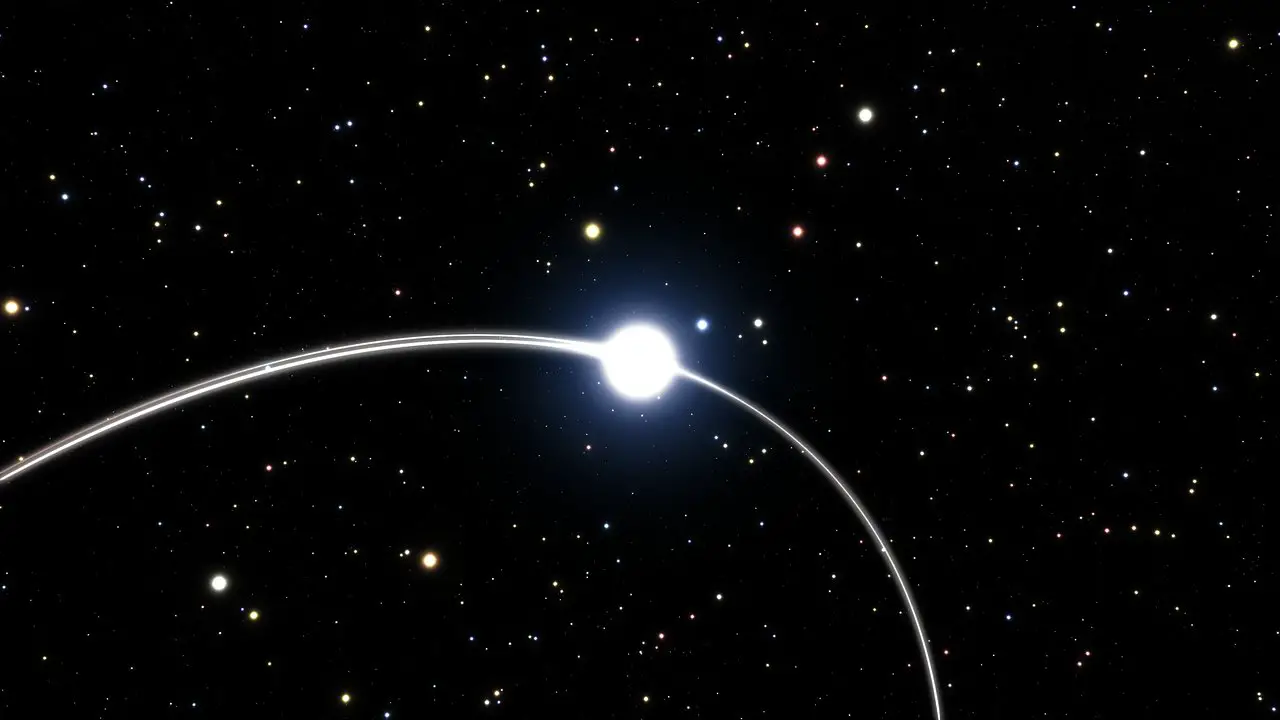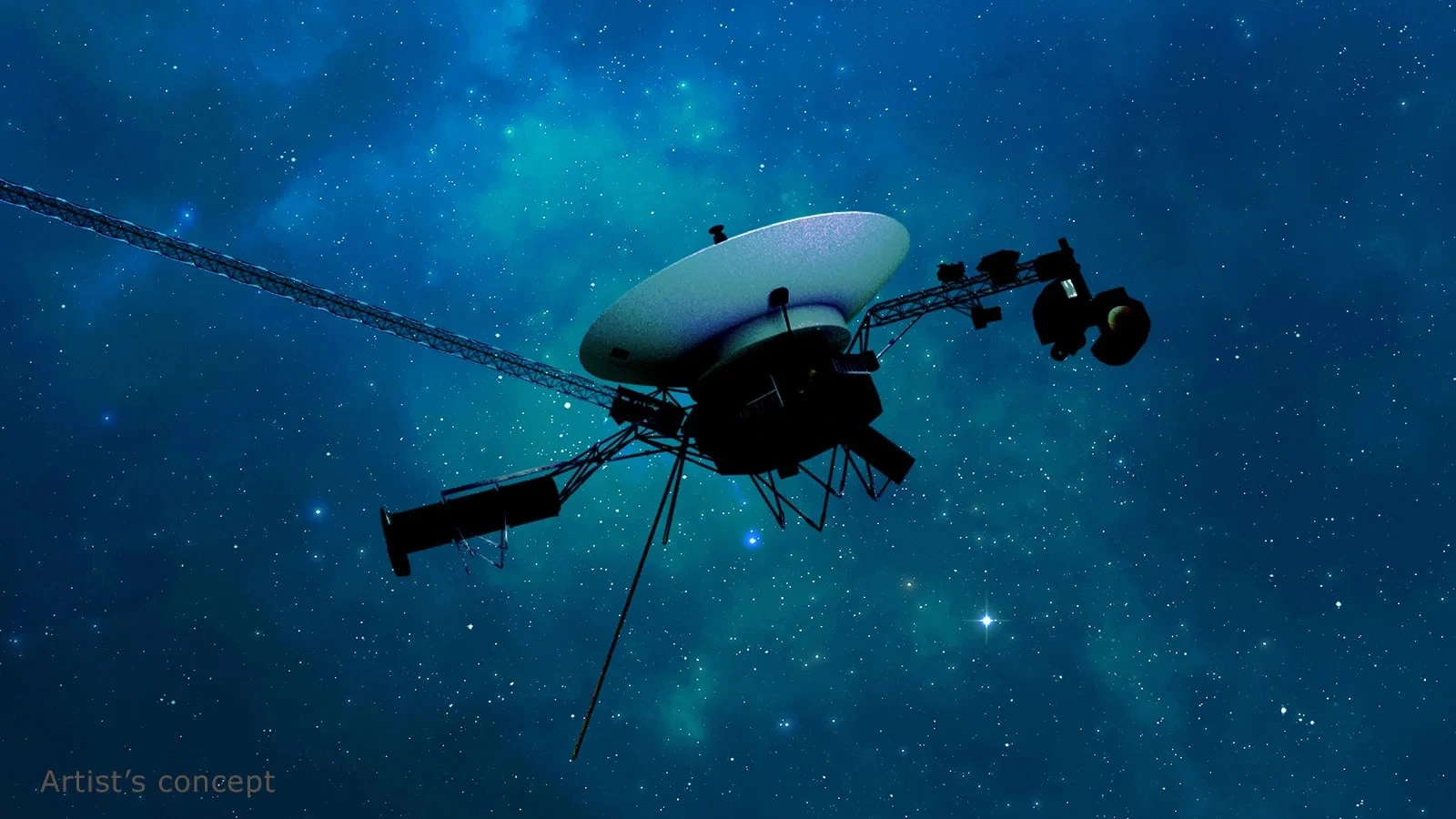A mysterious mass under the Moon is five times the size of Hawaii, weighing billions of tons.
Key Takeaways
- A massive structure lies hidden beneath the Moon’s South Pole-Aitken Basin, one of the largest craters in the Solar System.
- This anomaly, discovered in 2019, weighs approximately 2.18 billion billion kilograms.
- The dense mass likely contains metal from an asteroid impact around 4 billion years ago.
- NASA’s GRAIL mission revealed this mass affects the Moon’s gravitational field and pulls the basin floor down nearly a kilometer.
- The South Pole-Aitken region could provide key insights into both the Moon’s formation and ancient impact events.
__________
The South Pole-Aitken Basin on the Moon’s far side is one of the most remarkable regions in our Solar System. Spanning approximately 2,500 kilometers (1,550 miles) in diameter, it’s among the largest known craters, with research interest from multiple space agencies. Among recent discoveries, planetary scientists uncovered an enormous mass anomaly beneath this basin, which could be key to understanding the Moon’s geological history. This mass anomaly, first revealed in 2019, has implications for future lunar missions and provides a window into the Moon’s formation.
Discovery of a Giant Mass Anomaly
Scientists detected the buried mass using data from NASA’s Gravity Recovery and Interior Laboratory (GRAIL) mission, which monitors changes in the Moon’s gravitational field. This unique technique enabled researchers to identify the anomaly and measure its incredible weight, estimated at around 2.18 billion billion kilograms. The mass was so dense that it caused the basin floor to dip by nearly a kilometer (more than half a mile), an indication of its massive gravitational pull. To visualize this, Peter B. James, the lead scientist from Baylor University, compared it to burying a metal structure five times the size of Hawaii underground.
The researchers combined data from GRAIL with lunar topography information from the Lunar Reconnaissance Orbiter, confirming the presence of this unexpected, dense mass beneath the South Pole-Aitken Basin. The basin itself has long drawn scientific interest, as it offers clues about how massive impacts influence planetary bodies, and it provides an ideal setting for studying the Moon’s internal composition.

Theories Behind the Mysterious Mass
To explain the anomaly’s presence, the team proposed two theories. One possibility is that the metal is a remnant of an asteroid that struck the Moon around 4 billion years ago, forming the South Pole-Aitken Basin. This impact would have been so powerful that the asteroid’s metallic core could have become embedded within the Moon’s mantle rather than sinking further into its core. Alternatively, researchers suggest that the dense material may be composed of oxides that formed as the Moon’s initial magma ocean cooled and solidified over time.
Regardless of its origin, the mass anomaly could provide invaluable insights into the Moon’s formation and evolution. This area has captured the attention of space programs globally, as it could help scientists understand planetary impact processes more broadly. For instance, India’s first lunar lander aims to explore this region, and NASA’s Artemis 3 mission plans to land humans at the lunar South Pole in the near future.
In addition to this mass, other surprising discoveries include a heat-emitting structure found under the Compton and Belkovich craters. Such findings suggest that the Moon may be hiding other intriguing secrets beneath its surface. Future lunar missions and ongoing research will continue to unravel these mysteries, revealing how ancient impacts and geological processes have shaped our Moon.
The study was published in Geophysical Research Letters.




That’s been a theory for a long time.